What is the reason for the uneven color of coffee beans? Why do light-roasted coffee beans vary in color?
I do not know if you have encountered this situation, bought a bag of new beans and opened the package expectantly, only to find that the coffee beans inside are uneven in color, some slightly lighter and some darker. At this point, you may think, "you stepped on thunder", "why is the product control of this store so bad", "the baking of this store is really not good".
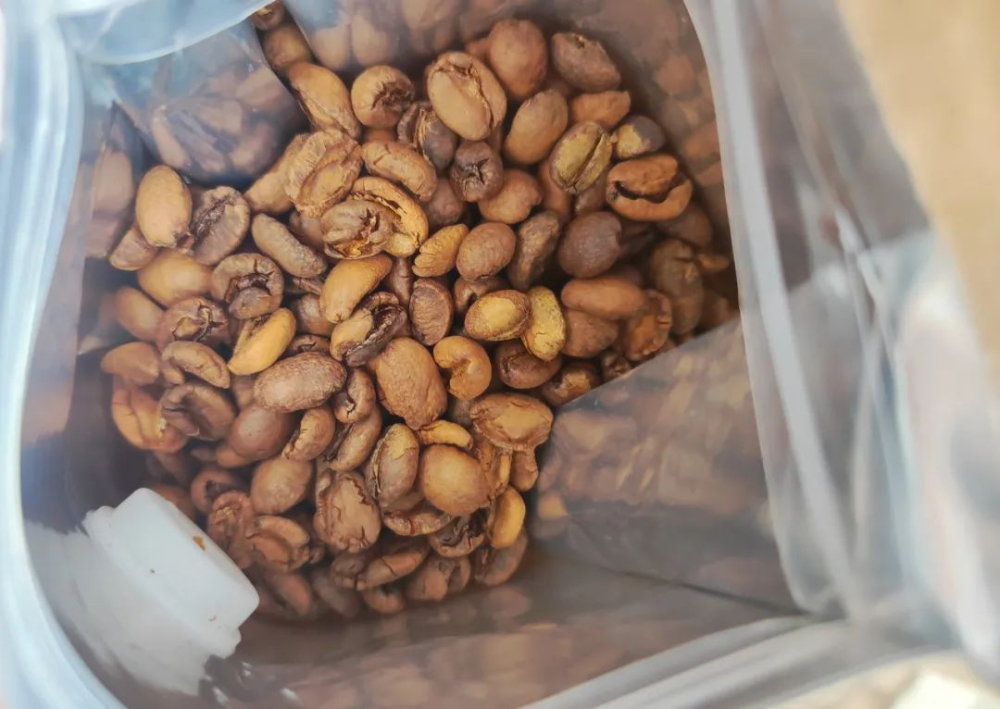
I believe that many friends in the eyes of excellent beans, from the appearance, the particles are full, uniform size, the color after baking is very uniform. Just like this, ⬇️.
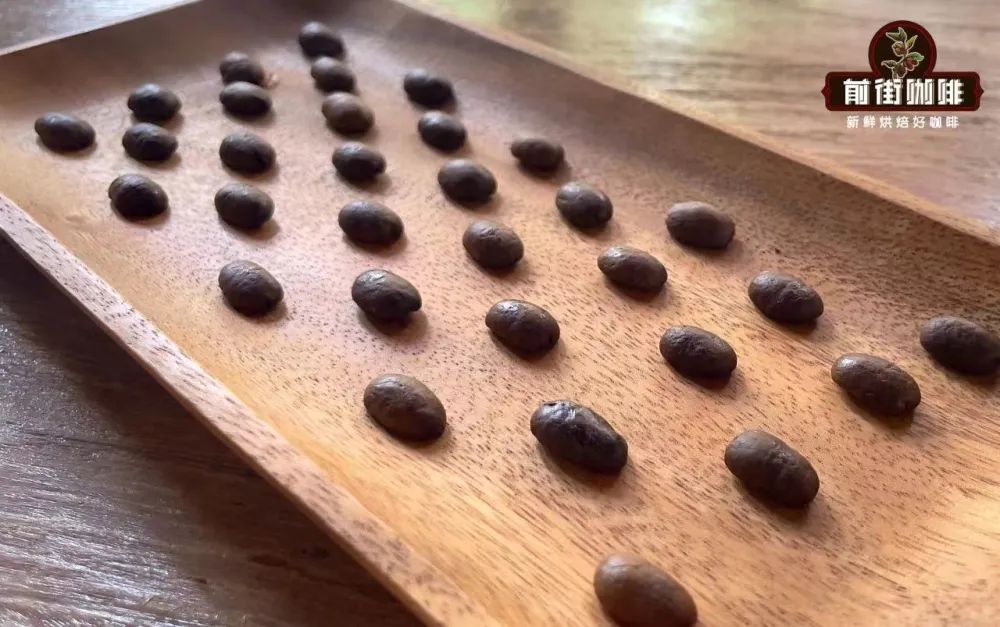
The picture shows Golden Manning. After three hand-selected coffee beans with more than 18 mesh, we must know one thing in deep roasting. Coffee beans are agricultural products, and they cannot look exactly the same as industrial products. Just as some friends often report that the coffee beans they buy are big and small, and the size gap is very large, this friend is more likely to buy Ethiopian coffee beans. Ethiopia's grading of raw coffee beans is based on the defect rate, that is, the fewer defects in raw beans, the higher the grade. The particle size of coffee beans is not in the benchmark for grading, so we can often see very large particles as well as very small particles in Essel coffee beans.
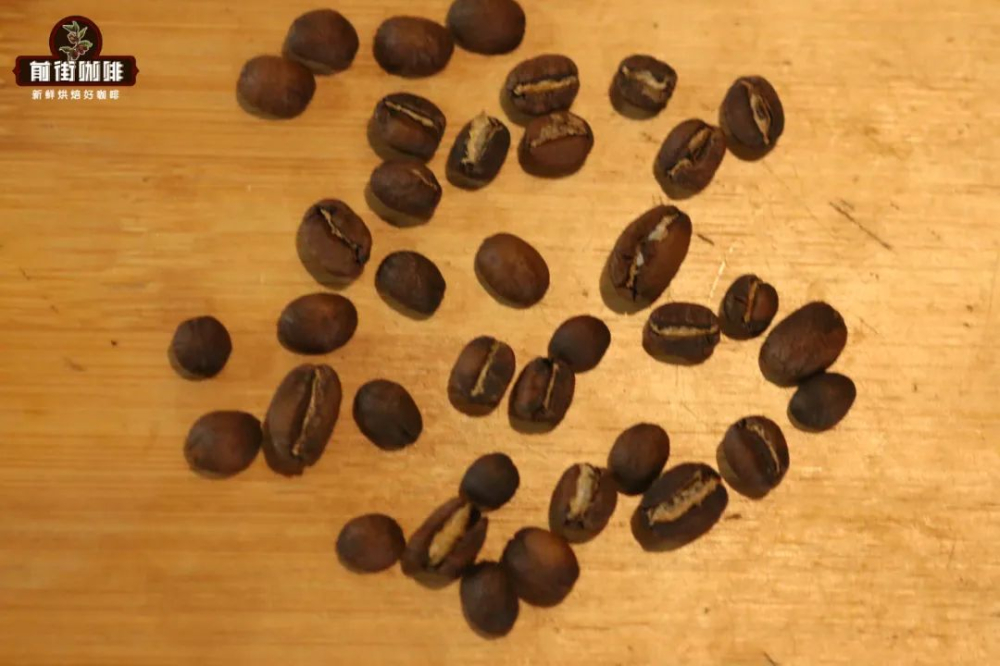
When buying coffee beans, some friends will ask, "what grade is this bean?" "is this coffee bean really G1?" In fact, the level we are talking about is at the level of raw beans, and it is more useful for raw bean merchants to negotiate prices. Take Essex beans as an example, whether it is G1 or G2, after layers of selection to enter the end market, its quality has reached a very close level. Moreover, if you use low-grade coffee beans in baking, it means spending more energy and time to screen out defective beans, in which case roasters are more likely to choose high-grade coffee beans (picking beans is really excruciating). In addition, the quality and price differences between high-grade and low-grade raw beans are not as big as we think. The color of the roasted coffee beans is uneven and the depth is obvious, which is believed to be caused by the baking accident. This color imbalance occurs mostly on Costa Rican coffee beans. It is not that Costa Rican coffee beans are of poor quality, nor are Costa Rican coffee beans particularly difficult to bake. Instead, Costa Rican coffee beans are mostly treated with honey. Honey treatment is between the sun and water washing, first peel off the coffee peel and part of the pectin, and then put the remaining pectin coffee beans on the drying bed to dry. The sugar in these pectins is attached to the surface of the coffee beans after the water evaporates. Therefore, from the perspective of raw beans, the surface color of honey-treated coffee beans is also dark and light, and the more pectin is retained, the more obvious the color difference is.
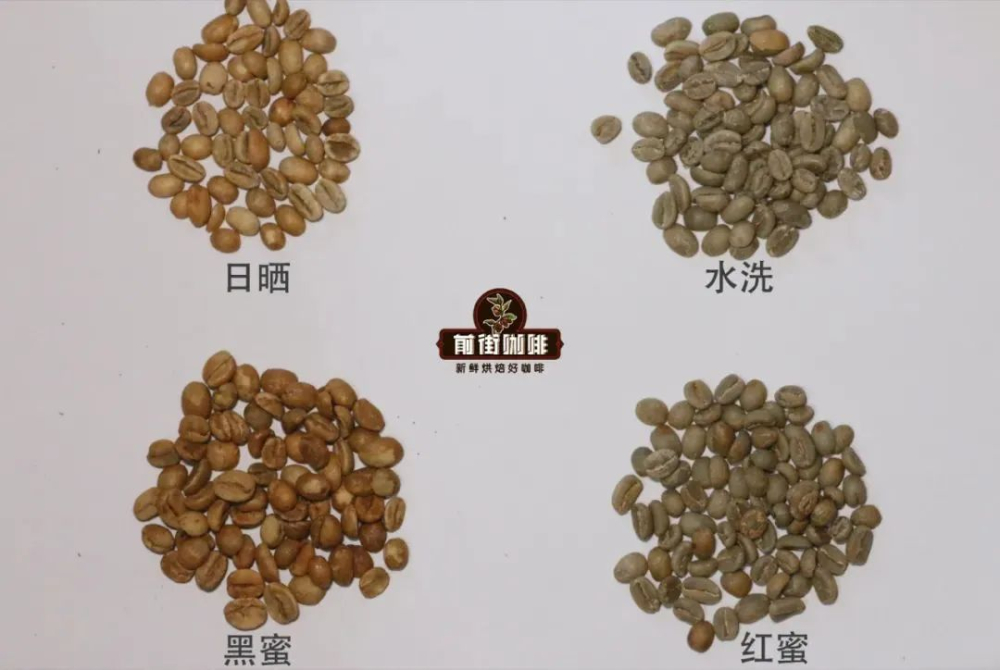
When baking, the caramelization reaction of coffee beans with more sugar on the surface is more obvious, so the color is darker, while the coffee beans with less sugar on the surface appear lighter. Under the contrast of one deep and one light, the color difference is particularly obvious.
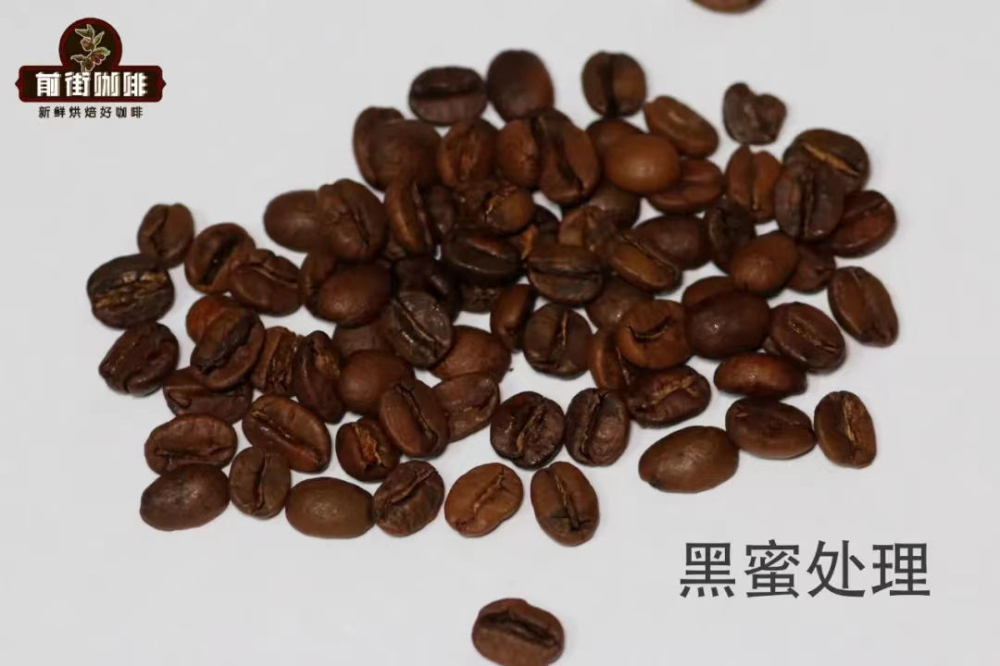
In fact, as long as the coffee beans are roasted deeper, the color will tend to be the same. But then the flavor will become bitter. For example, the Shirley coffee beans used in Qianjie hand Chong and the Shirley used in Italian style are different in the degree of baking. When sherry is washed with a lighter baked hand, the color difference of the bean watch is greater than that of the sunny sherry that is slightly darker. In terms of viewing comfort, warm sun Shirley is more pleasing to the eye, and the taste of hand flushing is better.
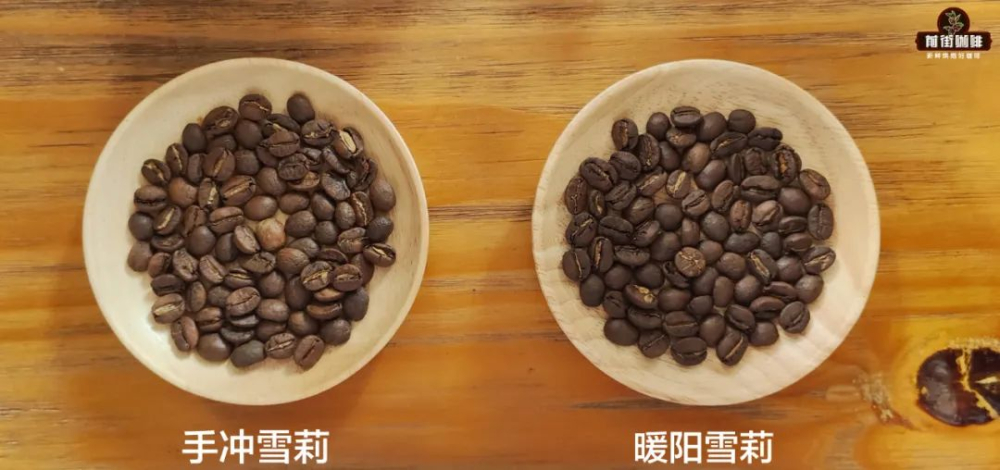
It is not only the honey-treated coffee in Costa Rica, but also the color difference of some coffee beans with strong anaerobic fermentation after roasting, but this is not improper roasting or defective beans, and does not affect the flavor of the coffee. In particular, when sharing the knowledge of defective beans before Qianjie, it was mentioned that there is a kind of defective beans that is not obvious when raw beans are not obvious, but is very light after baking. This kind of defective beans is called Baimu beans. It is estimated that many friends see that there are dark and light colors in the coffee beans, so they arbitrarily judge the light-colored coffee beans as white beans.
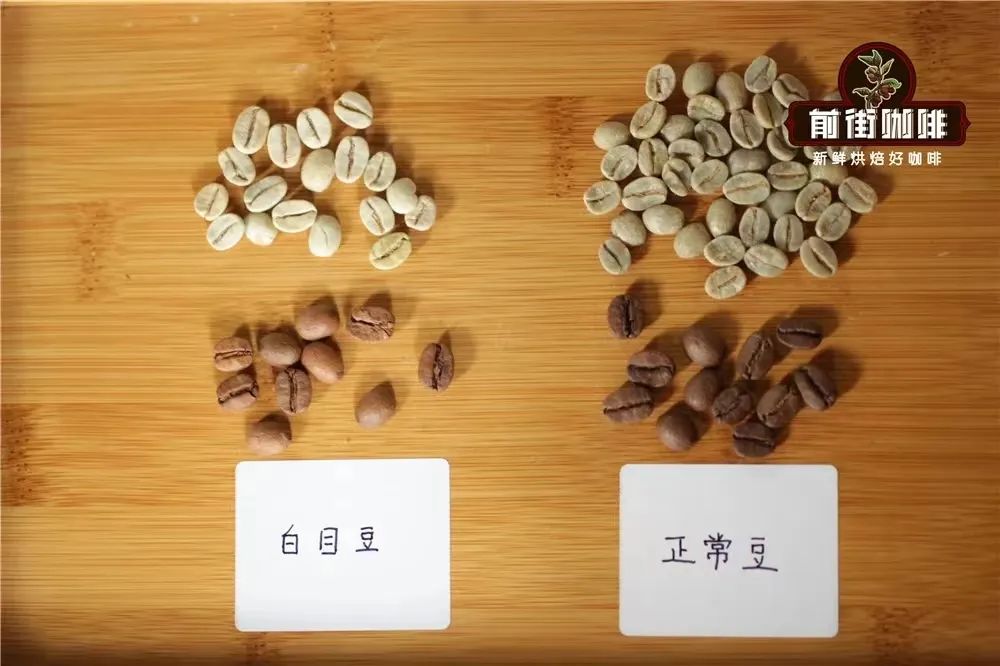
This judgment is not accurate. Baimu beans are coffee beans processed from immature coffee fruits, and it is difficult to detect the difference between raw beans after peeling, but the color changes are particularly obvious after baking. Baimu beans will appear light brown and smell like fried melon seeds, raw and astringent taste. Generally only in Brazil this kind of mechanized harvesting is more; manual picking, pay attention to all red fruit treatment of coffee beans are rare (3kg raw beans may appear 1-2), so you can rest assured when you find a large number of very light-colored coffee beans, definitely not white beans. Ps: also because there are a lot of white beans in Brazil, it takes a lot of time to pick out these defective beans after baking, so when you open a bag of Brazilian coffee beans and see coffee beans of uniform color, the bakers make strict quality control checks.
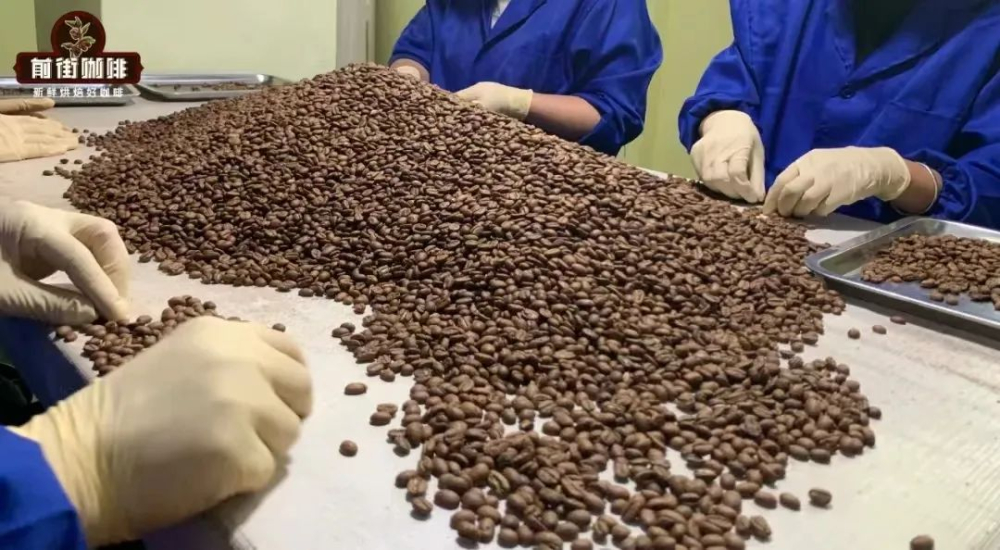
In addition to these conditions, some coffee beans can be mistaken for defective beans and roasting accidents. The first kind: obvious wrinkle stripes and black spots on the bean body. This kind of bean phase usually appears on washed and lightly roasted coffee beans at high altitude. Beans with high altitude are dense and wrinkled when evaporated during baking, and coffee beans are baked before they are stretched. Although such beans look crumpled and ugly, they are sure that 100% are not defective beans, and the flavor is very sour and comfortable.
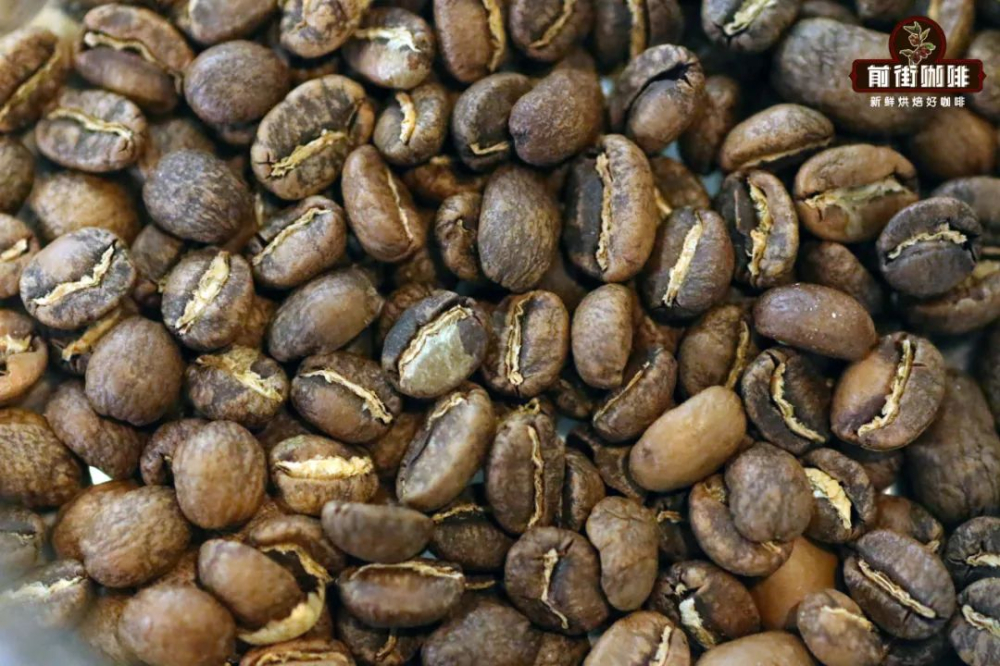
The second kind: the bean body cracked. Some coffee beans are cracked and look incomplete and can easily be mistaken for defective beans. In fact, this is also a normal coffee bean, or because of the high density of coffee beans, heat absorption and energy storage during baking, burst violently when they arrive at an explosion, and blow themselves up. Although it does not look good, it has no effect on the flavor of coffee. On the contrary, it will make the coffee taste better because of their existence.

The third kind: the appearance with personality. Some coffee beans are very conspicuous because they are different from other coffee beans. At this time, many people will think that their different appearance will definitely affect the flavor of coffee. In fact, this is not a defective bean, it just has a very strong personality. Of course, if you don't like it, you can treat it as a defective bean.
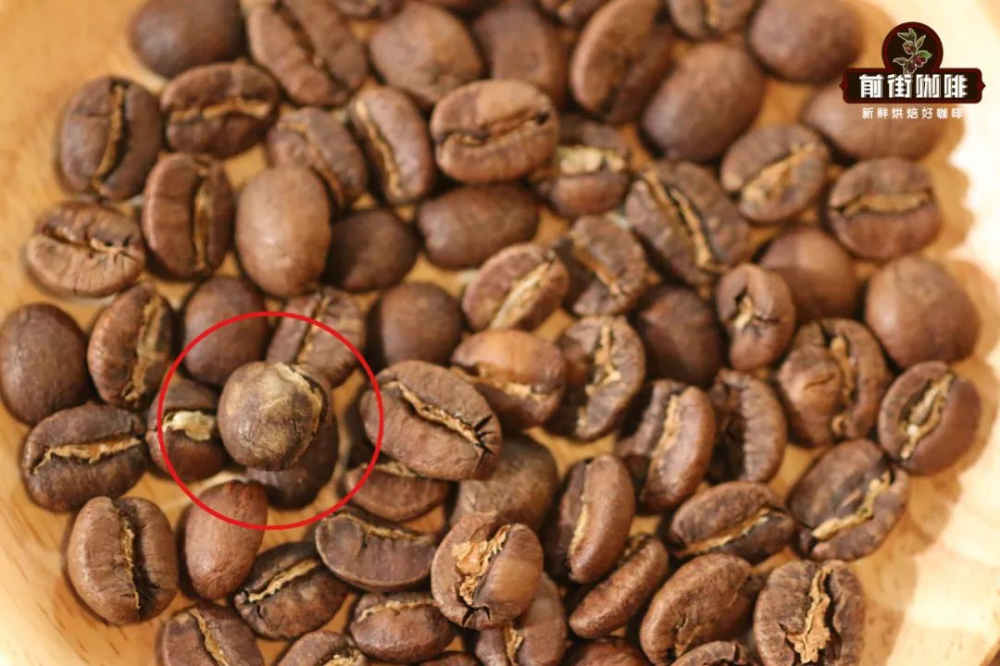
Important Notice :
前街咖啡 FrontStreet Coffee has moved to new addredd:
FrontStreet Coffee Address: 315,Donghua East Road,GuangZhou
Tel:020 38364473
- Prev

What do sca Fine Coffee Flavor Wheel think of the New Coffee Flavor Wheel HD Picture download
Many friends asked Qianjie, "Qianjie, Qianjie, can you learn the flavor of coffee by watching the coffee flavor wheel?" For this problem, Qianjie believes that the flavor wheel, as a more authoritative coffee flavor-oriented map, if used properly, can really understand the flavor of coffee quickly and systematically. Then put it into practice (drink a lot)
- Next

Costa Rican Mozart coffee beans how to drink Mozart coffee brewing mode water temperature grindability parameters
Mozart coffee bean is a very classic in the musician series, and it is also loved by many friends. Some friends report that the coffee made by himself is full of aroma, but it tastes bitter and a little uncomfortable. So Qianjie is here today to share how to get out of Mozart's sweetness. Mozart is from
Related
- Beginners will see the "Coffee pull flower" guide!
- What is the difference between ice blog purified milk and ordinary milk coffee?
- Why is the Philippines the largest producer of crops in Liberia?
- For coffee extraction, should the fine powder be retained?
- How does extracted espresso fill pressed powder? How much strength does it take to press the powder?
- How to make jasmine cold extract coffee? Is the jasmine + latte good?
- Will this little toy really make the coffee taste better? How does Lily Drip affect coffee extraction?
- Will the action of slapping the filter cup also affect coffee extraction?
- What's the difference between powder-to-water ratio and powder-to-liquid ratio?
- What is the Ethiopian local species? What does it have to do with Heirloom native species?

